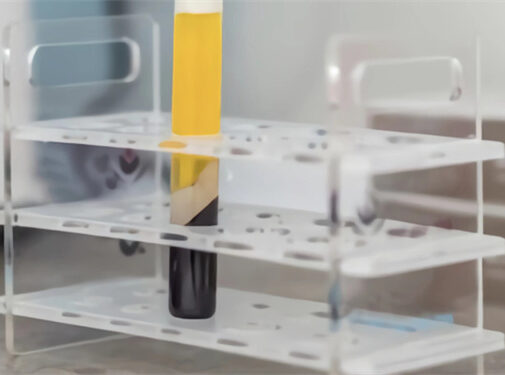PRP (platelet-rich plasma) therapy is a regenerative treatment that has gained popularity in recent years for its ability to stimulate healing and promote collagen production. This therapy involves injecting a concentrated solution of your own blood, which has been separated and enriched with platelets, into the targeted area to promote tissue regeneration and repair. While PRP has shown promise in treating a variety of conditions, including hair loss, joint pain, and skin rejuvenation, many people are curious about its cost, effectiveness, and potential side effects.
PRP Uses
PRP therapy has shown promise in treating a variety of conditions, including hair loss, joint pain, sports injuries, and skin rejuvenation. The therapy works by promoting tissue regeneration and repair, which can stimulate the body’s natural healing processes and improve overall function and appearance.
PRP procedure
The PRP procedure typically involves several steps, including drawing blood from the patient, processing the blood to isolate the platelet-rich plasma, and injecting the PRP solution into the targeted area. The entire procedure can typically be completed in under an hour .
How long will PRP last?
The effects of PRP therapy can vary depending on the individual and the area being treated. In general, PRP treatments can last between 6 to 12 months, with some individuals experiencing longer-lasting effects. However, the longevity of PRP treatment can depend on several factors, such as the severity of the condition being treated, the number of treatments received, and the individual’s overall health and lifestyle habits.
Is PRP worth doing?
The effectiveness of PRP therapy can vary depending on the individual and the condition being treated. However, many individuals have reported positive results from PRP therapy, including reduced pain, increased mobility, and improved skin texture and tone. PRP therapy is generally considered safe, with few reported side effects. It is important to consult with a qualified medical professional to discuss the potential benefits and risks of PRP therapy for your specific condition.
Is PRP better than Botox?
PRP therapy and Botox are two different treatments that work in different ways. PRP therapy stimulates the body’s natural healing processes and promotes collagen production, while Botox temporarily paralyzes the muscles that cause wrinkles and fine lines. Both treatments have their unique benefits and can be effective in treating different conditions. It is important to consult with a qualified medical professional to determine which treatment may be best for your specific needs.
PRP treatment Side effects and recovery
The side effects of PRP therapy are generally mild and temporary, with most individuals experiencing some redness, swelling, and bruising at the injection site. These symptoms usually subside within a few days to a week, and individuals can typically resume normal activities immediately following the treatment. However, it is important to follow your provider’s post-treatment instructions to ensure optimal healing and reduce the risk of complications.
Diet for PRP treatment
While there are no specific dietary guidelines for PRP treatment, it is important to maintain a healthy, balanced diet to support optimal healing and recovery. This may include consuming a variety of nutrient-dense foods, such as fruits, vegetables, lean proteins, and healthy fats, and avoiding processed foods, sugary drinks, and excessive alcohol consumption.
How much does PRP cost?
The cost of PRP treatment can vary depending on several factors, including the area being treated, the number of treatments required, and the provider’s expertise. In general, the cost of a single PRP treatment can range from $500 to $1,500. However, some insurance plans may cover the cost of PRP therapy for certain conditions, such as arthritis or sports injuries. It is important to consult with your provider to discuss the expected cost of treatment and any potential insurance coverage options.








